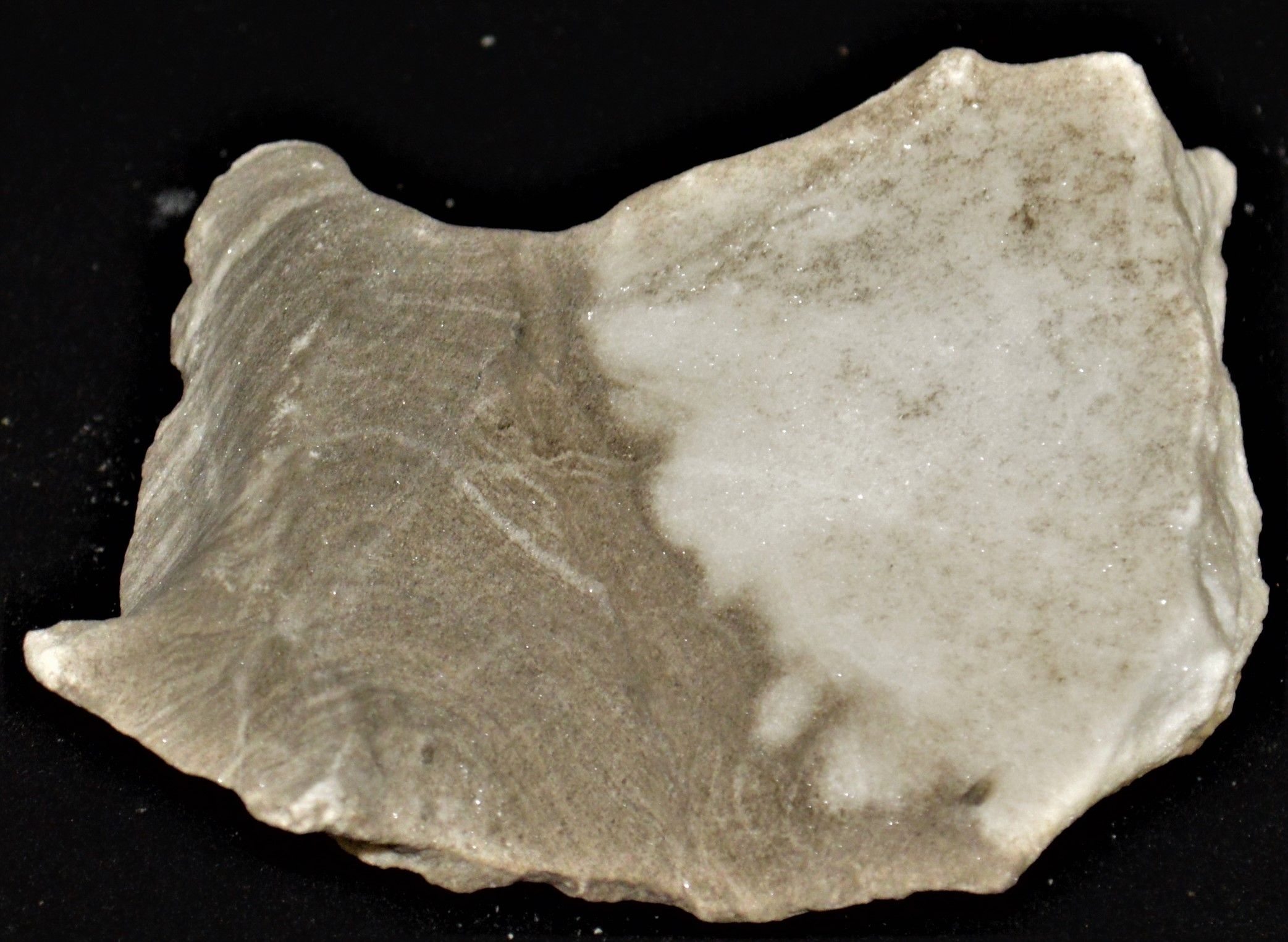Gips (Ca2H2o) ist ein sehr häufig vorkommendes Mineral. Es entsteht durch die Kristallisation aus mit Calciumsulfat gesättigtem Meerwasser. Alabasteraugen entstehen aus Calciumsulfat, das sich an einzelnen Stellen innerhalb eines Muttergesteins sammelt, bevor sich dieses festigt, und später zu Alabasterkugeln verhärtet. Die Landschaft Mansfeld-Südharz ist zu weiten Teilen von Gipskarst geprägt.
en

